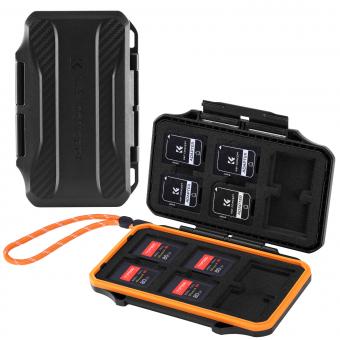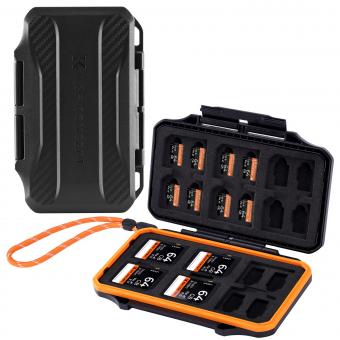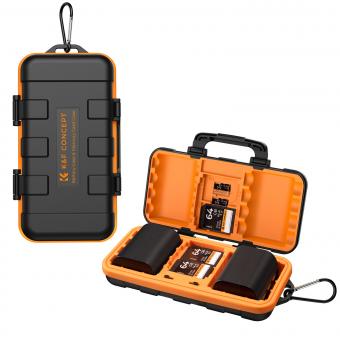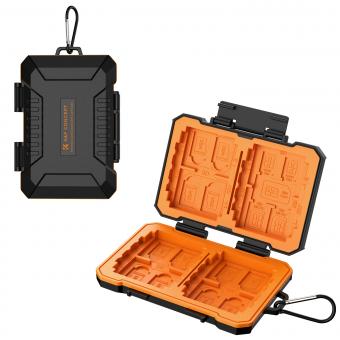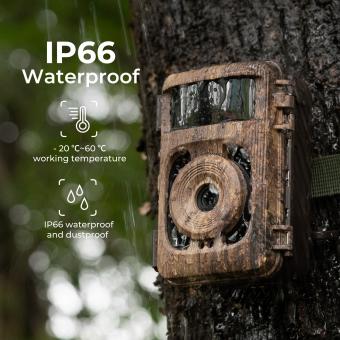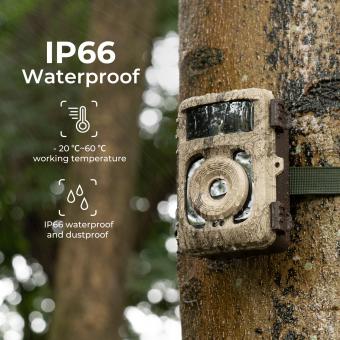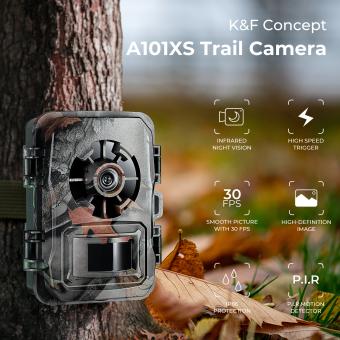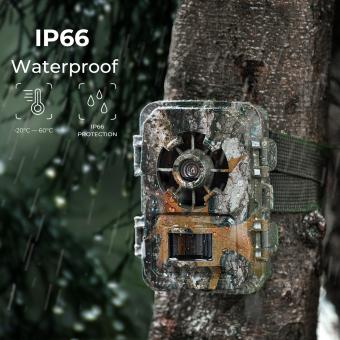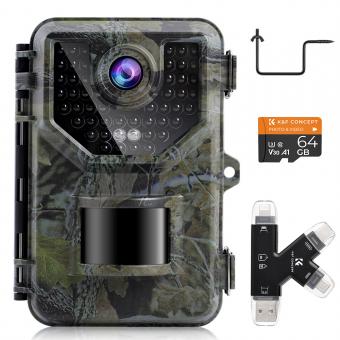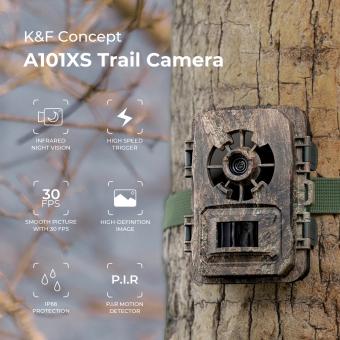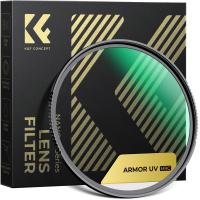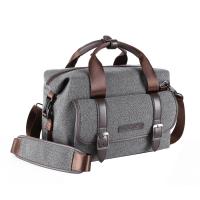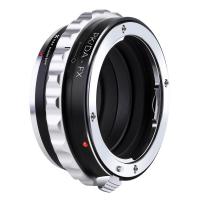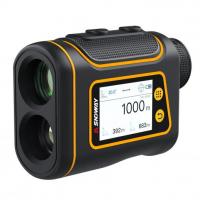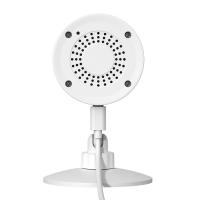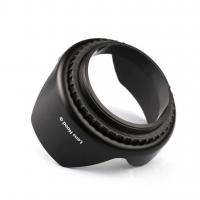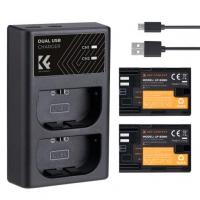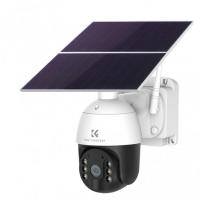What's the Best SD Cards for Trail Cameras?
2024-08-09 08:05:13
0 Comments
When it comes to using trail cameras, selecting the best SD cards for trail cameras is often an overlooked aspect. But what happens when things go wrong—when the camera won’t write to the card, files become corrupted, or you encounter various glitches? Is the problem with the camera, the batteries, the card itself, or maybe even a user error? It can be frustrating to think that something so small and seemingly insignificant could cause so much trouble, leaving even the most seasoned photographers or hunters cursing in frustration. Therefore, as a trail camera enthusiast or a wildlife photographer, understanding the importance of this small but mighty component is essential, and our blog will help you to make sense of the key features including card type, speed, and capacity, each of which plays a signification role in determining the best SD cards for trail cameras.
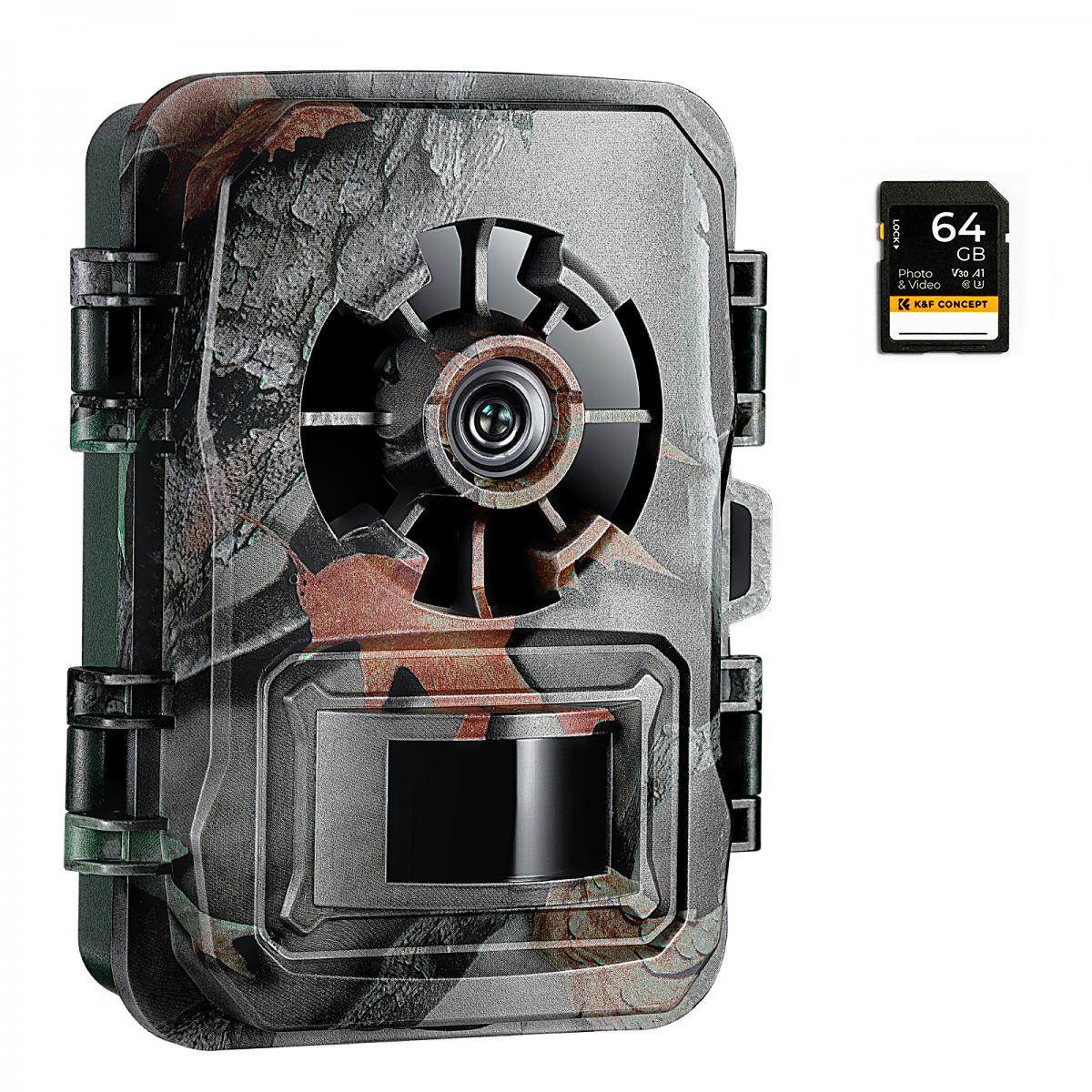
Trail Camera SD Card Types:
In the trail camera world, the two most common types of SD cards are SDSC (Secure Digital Standard Capacity) and SDHC (Secure Digital High Capacity). However, with advancements in trail camera hardware, many models now support SDXC (Secure Digital Extended Capacity) cards as well.
| Type | Storage Capacity | File System | Usage |
| SDSC (Secure Digital Standard Capacity) | Up to 2GB | FAT 12 or 16 | Oldest type; rarely used in modern trail cameras due to limited capacity. |
| SDHC (Secure Digital High Capacity) | 4GB to 32GB | FAT 32 | Commonly used today; provides sufficient storage for numerous images or short video clips. |
| SDXC (Secure Digital Extended Capacity) | 64GB to 2TB | exFAT | Largest storage options; ideal for long-term deployment and high-definition video; supported by newer trail camera models. |
Speed Classes of Trail Camera SD Cards:
The speed class is usually indicated on the card itself, with options like Class 4, 6, 10, UHS-I, and UHS-II.
Speed Classes (Class 2, 4, 6, 10): These classes refer to the minimum write speed of the card. For example, a Class 10 card has a minimum write speed of 10MB/s. For most trail cameras, Class 10 is recommended, as it ensures that the camera can write high-resolution images quickly and efficiently.
UHS (Ultra High Speed): UHS-I and UHS-II are newer standards that offer even faster write speeds, up to 312MB/s. While UHS-I is more than sufficient for most trail cameras, UHS-II might be beneficial for cameras that record 4K video or have burst shooting capabilities.
Trail Camera SD Card Capacity:
SD card capacity is a key factor in purchasing the right and the best SD cards for trail cameras too. People are always complaining about the limited storage, but I've never heard anyone complain about having extra storage on their cards. So, if you ask me what size you should buy, our suggestion is to buy the biggest storage according to your budget and your trail’s camera usage scenario. Here’s a table to help you:
| Factor | Details | Recommended Storage Capacity |
| Image Size | 12MP photo: 3-5MB each | 16GB to 32GB |
20MP photo: 8-10MB each | 32GB to 64GB | |
Video Recording | HD video (1080p): ~100MB per minute | 32GB to 64GB |
| 4K video: ~1GB per 10 minutes | 64GB to 128GB | |
Duration of Deployment | Short-term (days to 1 week) | 16GB to 32GB |
| Medium-term (1 to 3 weeks) | 32GB to 64GB | |
| Long-term (1 month or more) | 64GB to 128GB or more |
Best SD Cards for Trail Cameras:
Based on the factors discussed, here are some of the top SD cards that are ideal for trail cameras:
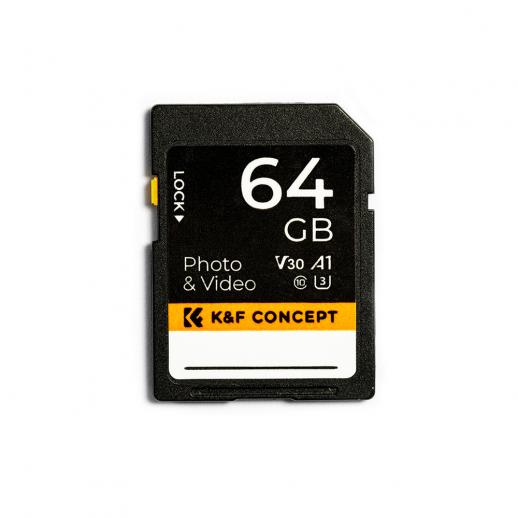
High transfer speed: Using UHS-I speed class U3, the read speed is up to 90MB/s, and the transfer speed is up to 45MB/s;
4K HD Video: Ideal for shooting 4K Ultra HD video and burst mode photography;
Performance class: Full-size 64GB SDXC flash memory card, C10/U3/V30 class;
Durability: Temperature, water, shock and X-ray proof;
Compatibility: Supports tracking cameras, SDHC/SDXC interface digital cameras, video recorders and other devices.
Trail Camera SD Cards’ Issues and Troubleshooting:
Even with the best SD cards for trail cameras, issues can arise. Here are some common problems and how to troubleshoot them:
Card Not Recognized: Ensure that your camera’s firmware is up to date, as outdated firmware can cause compatibility issues. Also, make sure the card is properly formatted in the camera.
Corrupted Files: This can happen if the card is removed while data is being written. To avoid this, always turn off the camera before removing the card and use high-quality cards that have built-in error correction.
Slow Performance: If your camera is taking longer than usual to save images, it might be due to a slow SD card. Consider upgrading to a faster card with a higher speed class or UHS rating.
Six Steps to Insert the Best SD card into a Trail Camera:
1.Turn Off the Camera: Before inserting the SD card, make sure your trail camera is turned off to avoid any potential data corruption.
2.Locate the SD Card Slot: Open the camera's access panel, usually on the side or bottom of the device. Look for the SD card slot, which is often labeled.
3.Insert the best SD Card for trail camera: Hold the SD card with the label facing up and the metal contacts facing down (or as per the camera's specific instructions). Gently slide the card into the slot until it clicks into place.
4.Close the Access Panel: Once the SD card is securely inserted, close the access panel to protect the card and the camera’s interior.
5.Turn On the Camera: Power on the camera and check the display screen or indicator lights to confirm that the SD card has been recognized.
6.Format the Card (Optional but Recommended): If this is the first time using the SD card in the camera, navigate to the settings menu and format the card to ensure it’s properly set up for use with the camera.
Conclusion:
Whether you’re a casual user or a serious wildlife photographer, investing in the best SD cards for trail cameras will pay off in the long run, ensuring you never miss any important moments. By considering factors like speed, capacity, and card type, you can choose the best micro SD cards for trail cameras to meet your specific needs and withstand the challenges of outdoor photography.
FAQs:
Do Cellular Trail Cameras Need an SD Card?
Yes, cellular trail cameras still require an SD card to store images and videos locally before they are transmitted to your phone or cloud service.
What Size SD Card for a Trail Camera?
The recommended SD card size for trail cameras typically ranges from 16GB to 64GB, depending on how many photos or videos you plan to capture. For extended use or high-resolution video, 64GB or more is ideal.
How to Format an SD Card for a Trail Camera?
To format an SD card, insert it into the trail camera, navigate to the camera's settings menu, select the "Format" option, and confirm. This will prepare the card for use, ensuring compatibility with the camera.
Leave your comment
Note: HTML is not translated!

